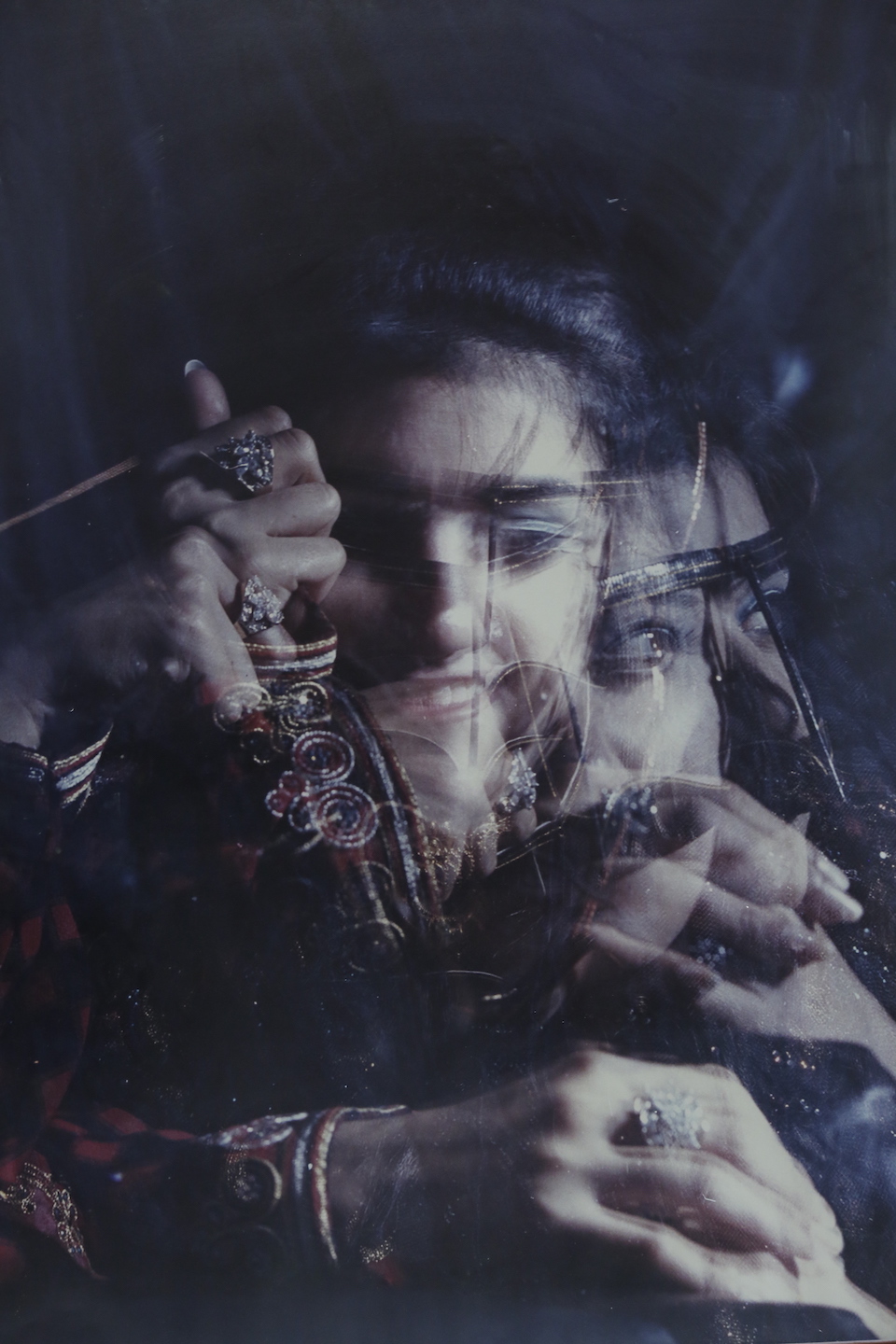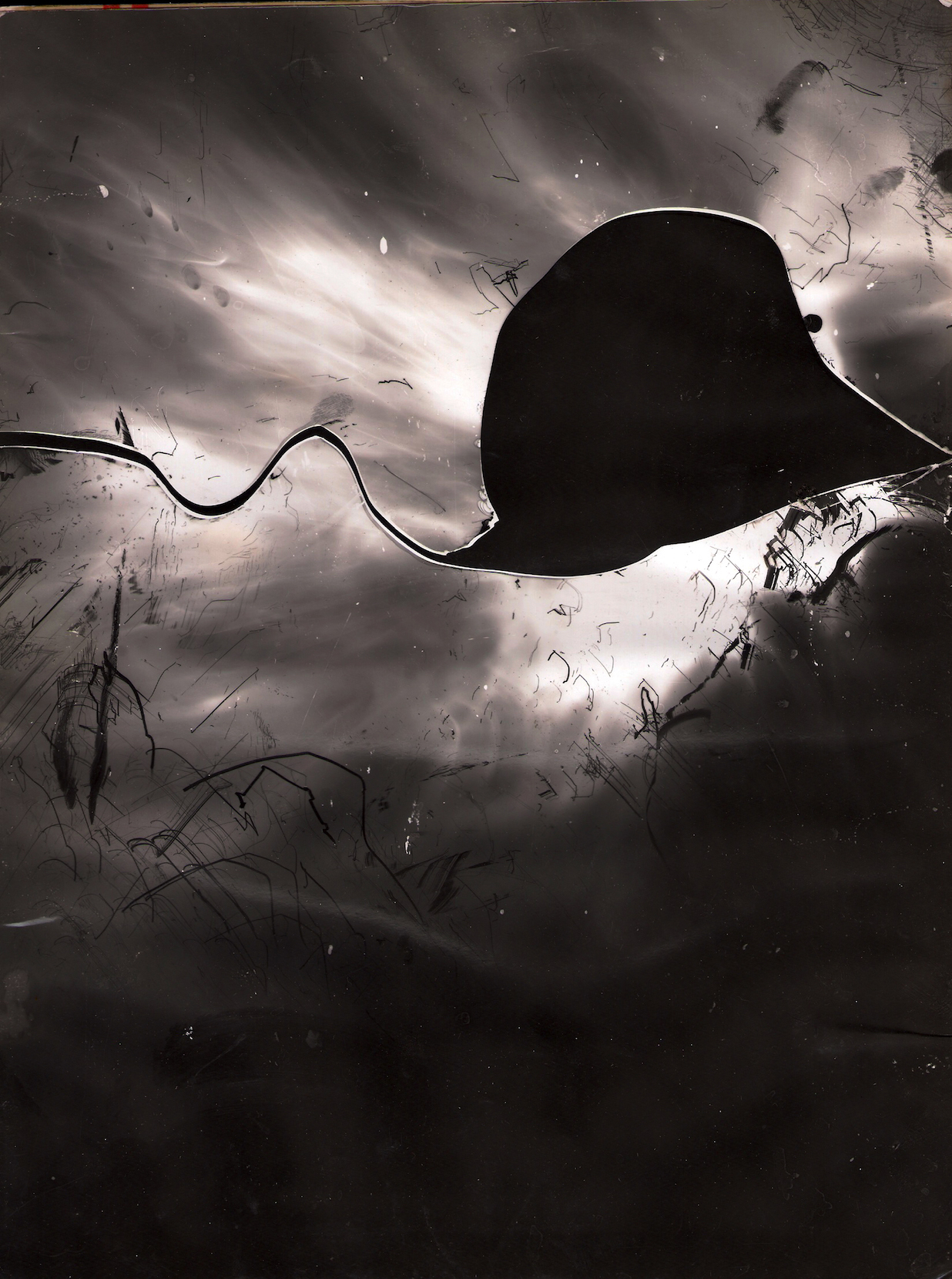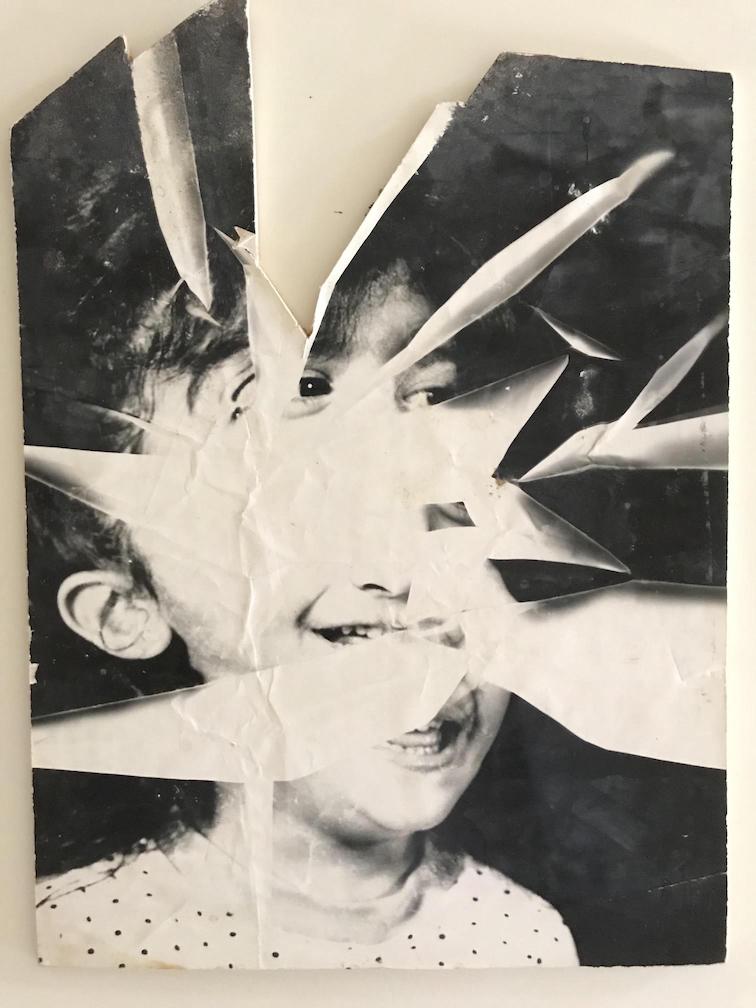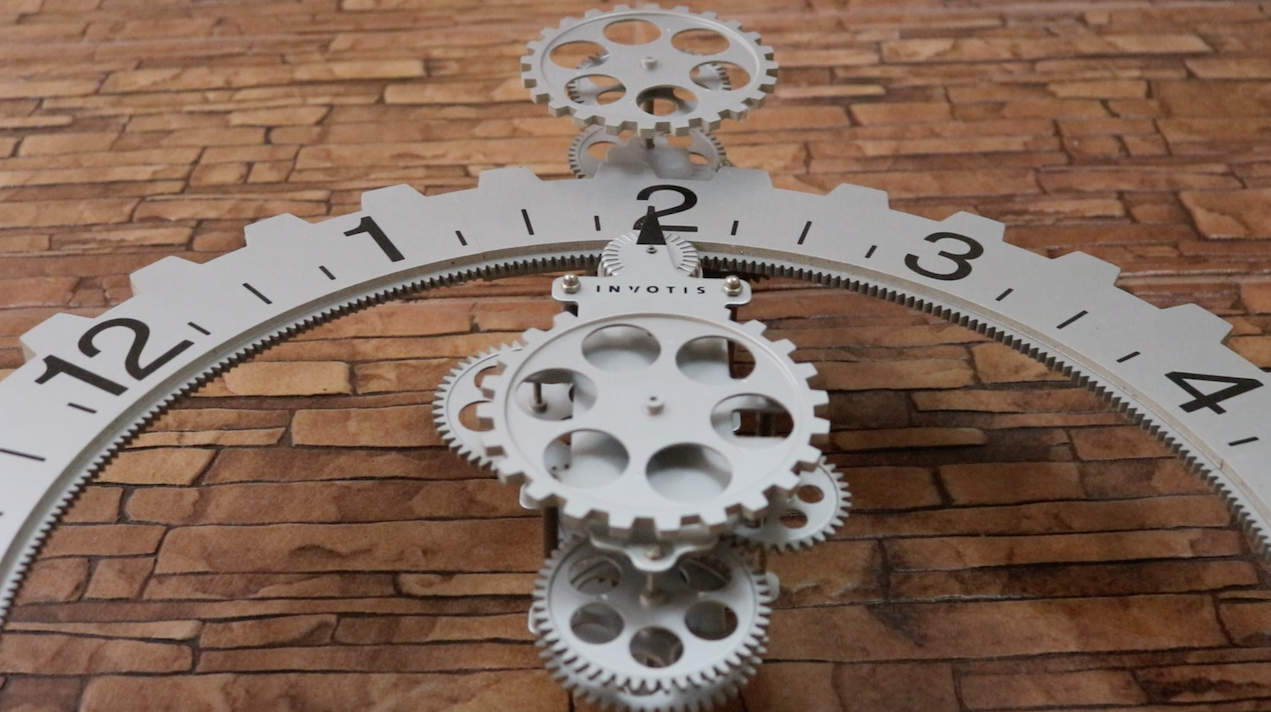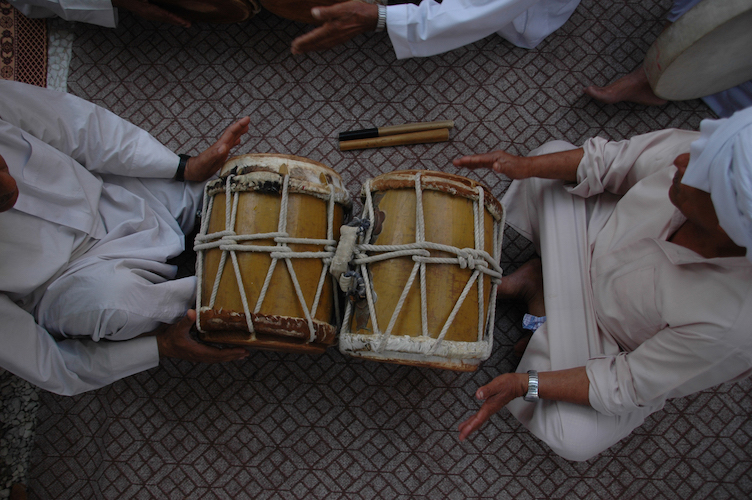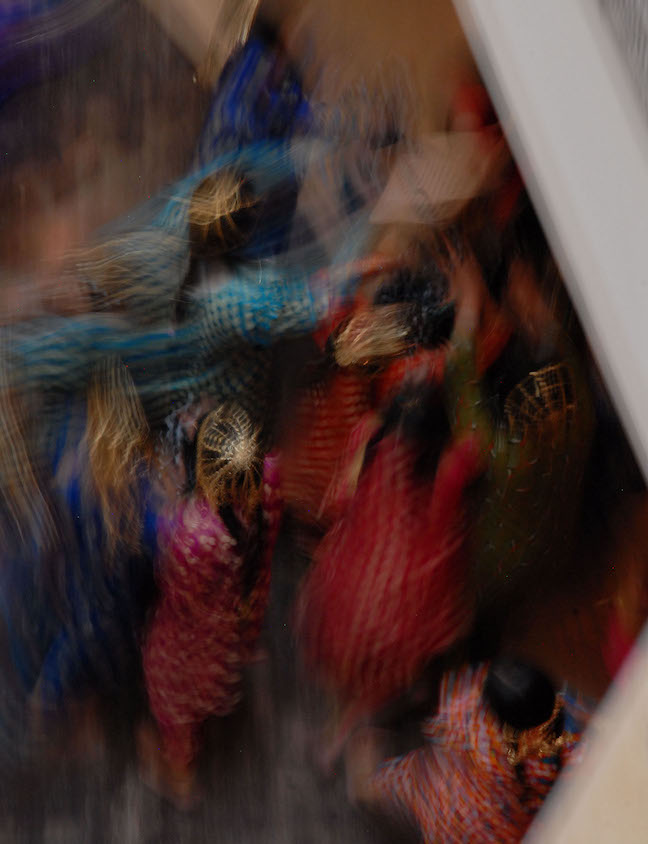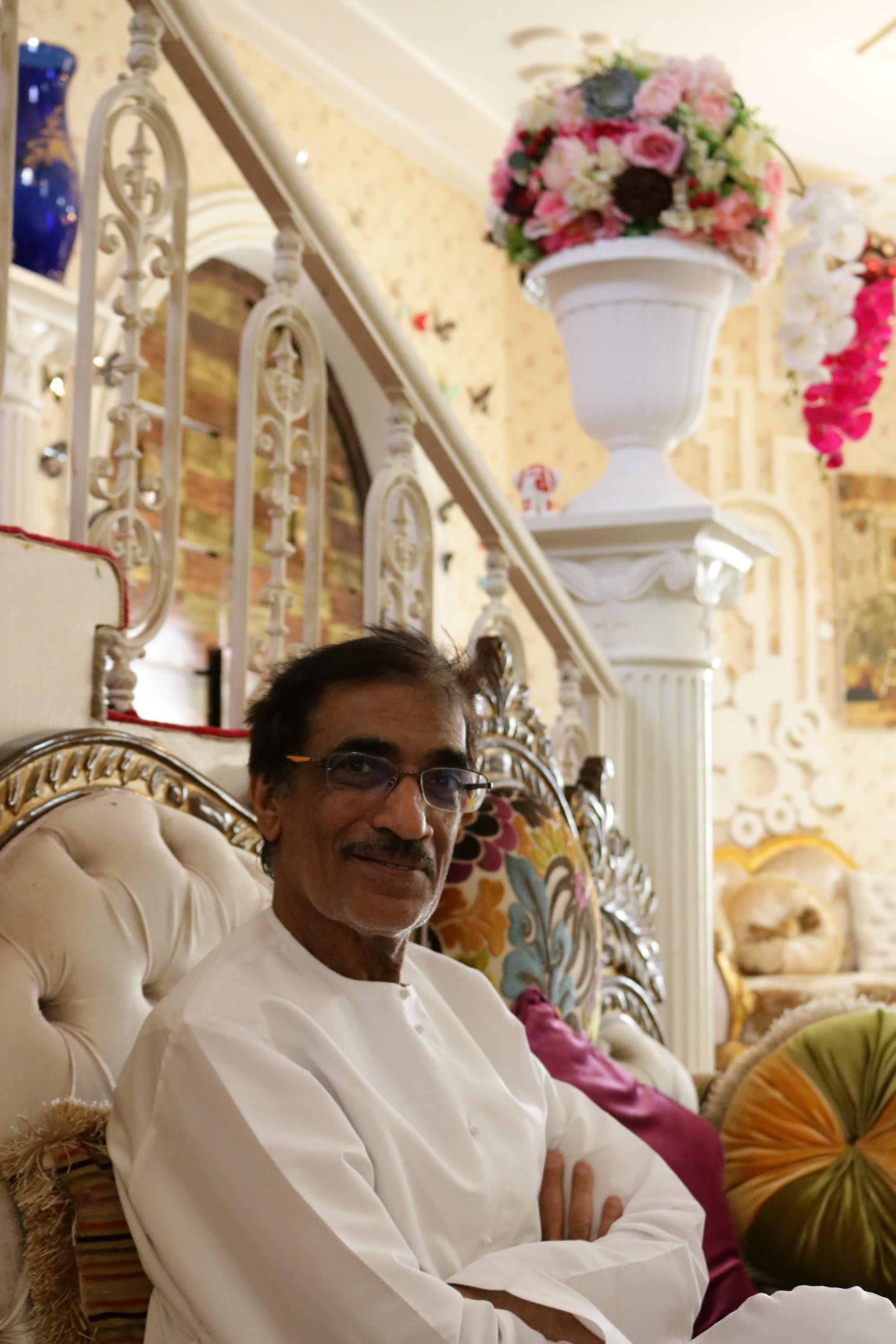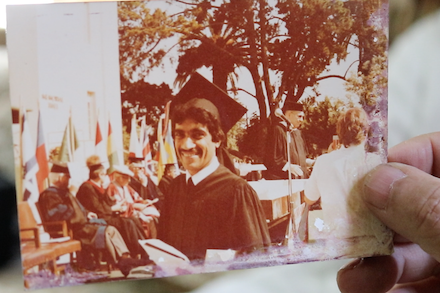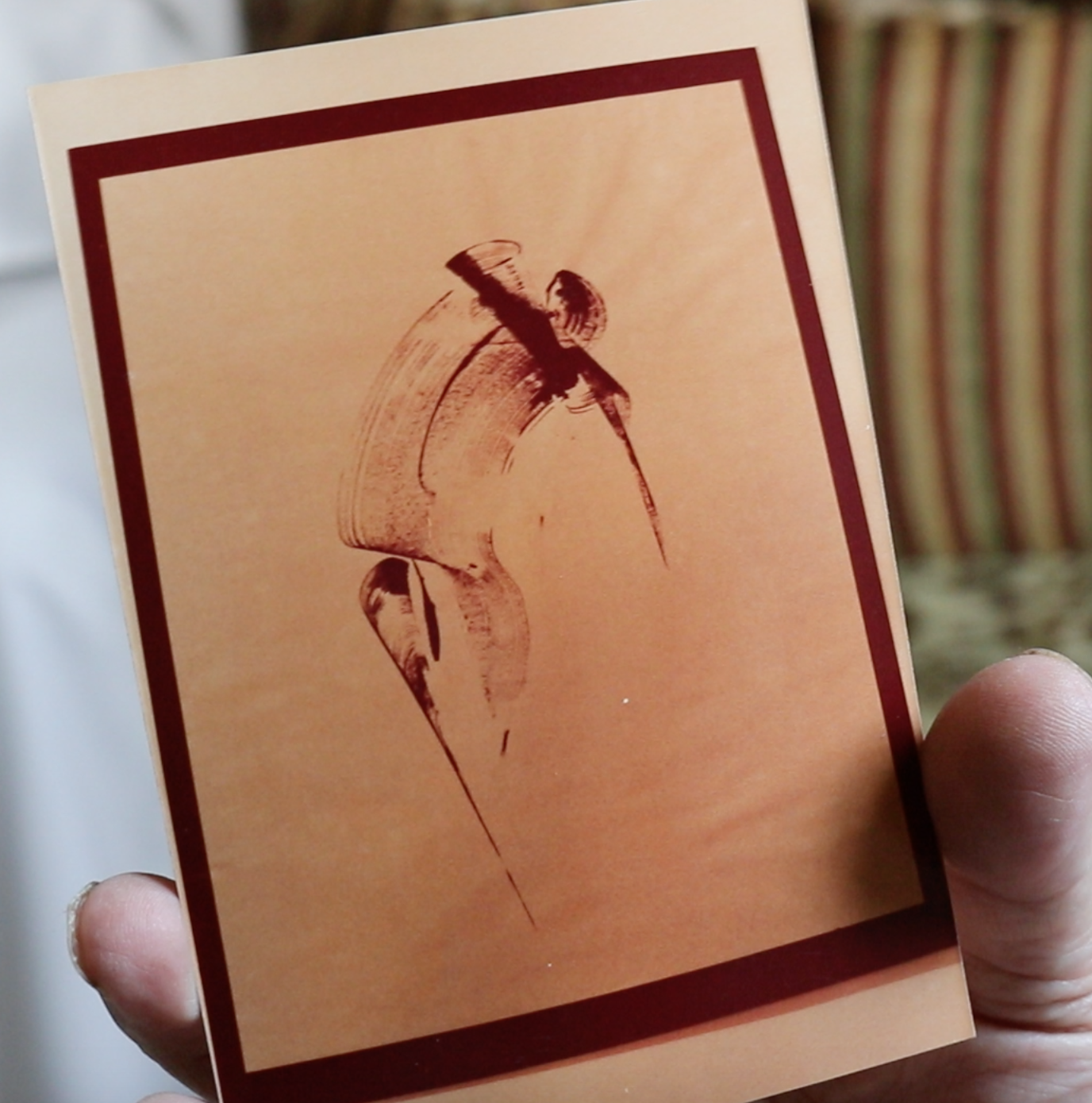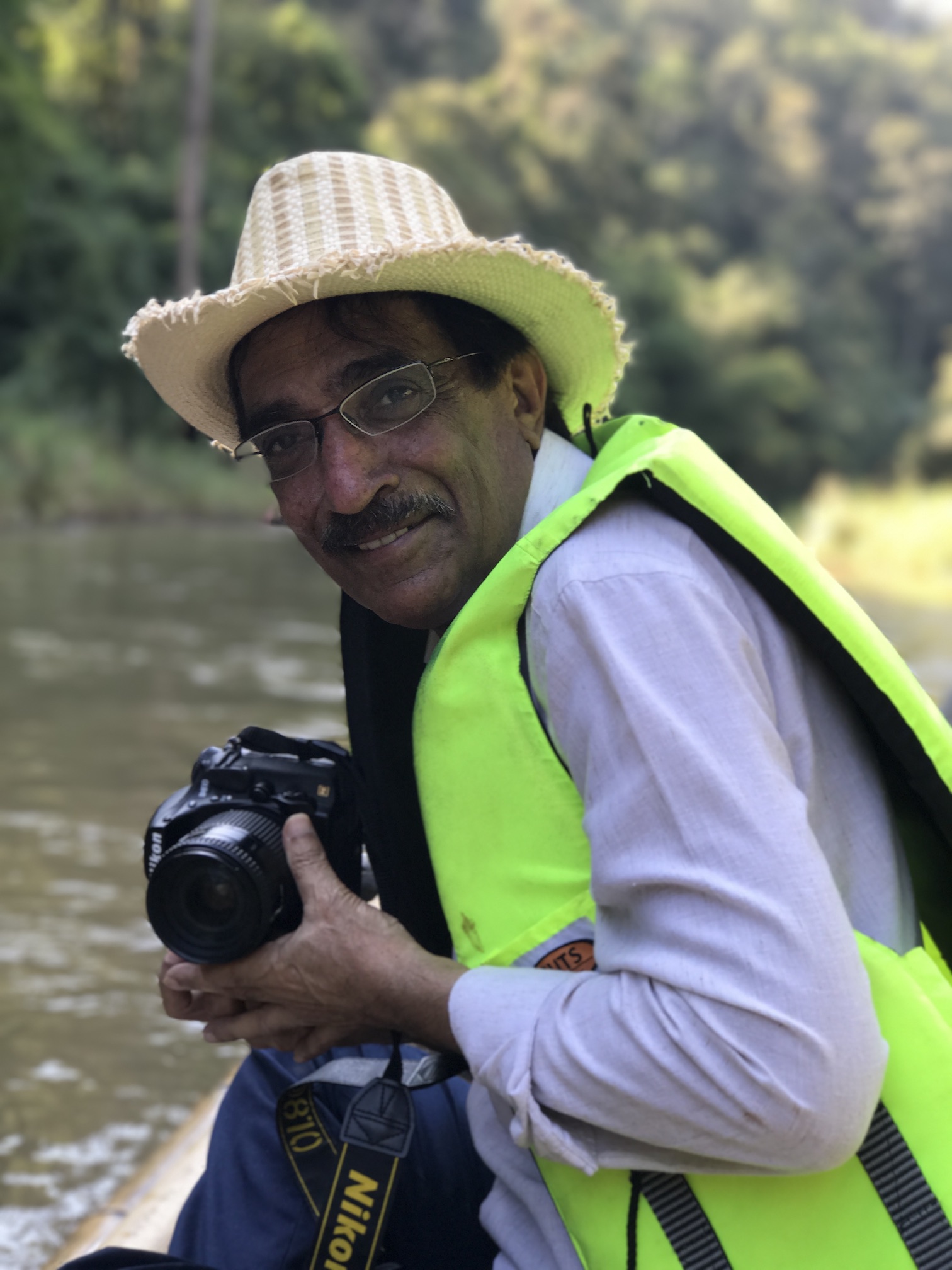Image courtesy of the Al Ustad family.
Of my interviews with local artists, none have been as powerful and timely as with the fine art photographer Saleh Al Ustad. After many meeting with him, Saleh passed away in April 2018 after battling cancer for a few years. As I concentrated mainly on painters and sculptors during my Fulbright research year, I was unaware of the local photography history as there were so few fine arts photographers at the time. Saleh was neither a photojournalist nor an events photographer, albeit he covered many fine art exhibitions at the time - he was and remains today to be understood as a fine art photographer, exploring photography as both an art and a science. Saleh was the epitome of the modern man - adapting with the times in his own techniques and technology and finding clarity in his own artistic vision within the darkrooms found in his university California campus, in his home studio or at the art society.
What makes this interview so special is not only in the important content documented that is virtually not found in many publications, but of the closeness I have felt with the artist and his family. This was the first time I felt my research overlapped into my personal life in the UAE - Saleh welcomed me into his family, into his majlis, surrounded by his relatives and other artists and friends, as we listened to his nephews sing and play the oud, sipping saffron sweetened tea and skimming through old boxes of family and art related photographs. I frequented the house three times before his passing, which involved many conversations of art, culture and his own personal childhood stories.
Image courtesy of Suzy Sikorski.
As part of the first practicing generation of fine art photographers in the UAE, Saleh is an inspiration, and most special because he was real, a person who started with very little and who worked hard and who reaped what he sewed through educating himself. He was a father, grandfather, photographer, teacher, and a life-learner who adapted to the times in art and technology. He pushed his children to educate themselves, never taking the easier route - never to live life on the automatic setting, and this reflects in his children’s humility and compassion for his father and his educational efforts within and outside the home. Saleh touched the minds of many creatives in the region both younger students eager to learn and his own contemporaries in the Art Society, revolutionizing artistic debate over a subject much contested within the Arab world - that of photography. He was part of a generation of Emirati artists who struggled, who had to actively voice what they needed in terms of tools and exhibitions, and who participated in artistic debates within a newly formed country. This group of people built the very foundations of the art infrastructure we see today. Without this pivotal pioneer group of creatives and the openness of the ruling family of Sharjah, the institutions of the the Art Society, the Art Museum, the Biennial, among others would not have been built and continued.
Saleh (left) with Dr. Mohammed Yousif (right) in June 2017.
I was introduced out of urgency to meet Saleh by Dr. Mohamed Yousif, his good friend and first Chairman of the Emirates Fine Art Society in 1980. Just like Saleh, Dr Mohamed was my first introduction into the art society history, and I completed my very first interview on Mid East Art with him.
So during the hot Ramadan month of 2016, I set out of with my camera and microphone with Dr Mohamed. We were welcomed into a home quite unusual to any villa I have seen in Sharjah, architecturally designed by Saleh himself down to the interior decor. Everything from the pillows, the wallpapers, to the menagerie of collectibles (including miniature sewing machines!) found scattered throughout had a part of Saleh within them. The artist welcomed us during the midday summer heat (nearing 110 degrees Fahrenheit). Not only was this conducted while Saleh was fasting, but we had to turn the air conditioner off due to its space ship noise that would’ve been heard in the footage.
Saleh in June 2018. Image courtesy of Suzy Sikorski.
This interview below was a compilation of several conversations from May 2017 to January 2018. I sure didn’t know at the time how precious these video and text recordings would be, but I have a funny feeling Dr. Mohammed Yousif knew then of its importance.
What transpired from these interviews is that of a rekindled old friendship and companionship between Dr Mohammed along with charting the life of an artist whose story needs to be heard, and who was ahead of his time within the country. This documents the life experiences of an adventurer who lived between Kuwait, Missouri, South California, Sharjah and Thailand.
A nice little introduction by Saleh himself..
Saleh: We are here in the UAE, in the capital of culture, led by an openminded person with eyes to the future and knowledge of his past. H.H. Sheikh Dr. Sultan bin Muhammad Al-Qasimi devoted his life to preserving and fostering the local arts in theatre, visual arts and literature. The people of this country at one point suffered without oil, electricity, or running water, and now we are at a position where we can build minds and build our future through educating the younger generation.
Although we are a young country, I am old - at 60 years ! Age is just a number and I am still full of energy, full of information and full of life experiences. I have learned there is nothing for free in life. Us creatives were always learning in the UAE and had to adapt to these great changes, from the 1980s and until now.
My responsibility as both a photographer and a father has changed from time to time and I realize each day I will capture and feel differently about myself or a particular subject. For example, my nurse takes my blood test each week and tells me ‘last week you are a different person, and today you are different.’ I have a disease while another person has the same disease and has to be treated completely different.
Divorce, 1997.
In terms of photography, each one has their own path, they accept or reject it in different ways. I’ve seen old students of mine who dropped out of my training courses, only to come back twenty years later with a digital camera realizing they did not pursue their passions earlier on. They’ll tell me statements such as ‘I am free!’ or ‘I am retired!’ I really cannot believe he had no chance before to practice what he liked to do. Some disappear and return to their roots when it’s too late. The life is that way.
MEA: When were you first introduced to photography?
Saleh: I saw an image of a half fish, half human at Futic Studio in Al Rolla Street in Sharjah. I asked the Indian shop owner how he did this but he wouldn’t tell me his secret. I didn’t realize I could replicate this exact image in the darkroom later in life. From here I began to ask the local photographers [who documented mostly portraits and events] how this was created. There were a generation of photographers, but there were no schools or training courses available.
Saleh circa early 1980s. Image courtesy of the Al Ustad family.
MEA: You have an interesting university application experience, what was that like?
Saleh: I received an art scholarship to study either in Syria, Egypt or Sudan. I chose Sudan. Why? Because I heard there was more English spoken there and I really wanted to perfect my language ability. Believe it or not, the Sudanese university lost all of my paperwork and after three months I still did not know where I was going. It was 1979, and I remember we just installed a telephone line in our house. In less than one week I received a phone call from the Embassy asking if I wanted to go to the US instead of Sudan. So I took the plunge and went with it.
Saleh circa early 1980s. Image courtesy of the Al Ustad family.
MEA: So it seems you experienced the crazy 1970s in the US! How was it?
Saleh: I traveled with two Emirati students— we went from Amsterdam to JFK Airport (NYC) to Washington, DC, to Missouri, it was the longest trip to a foreign unknown area. I landed in Missouri state, located in the middle of nowhere without any Arabs. It was me, one Palestinian and two from the UAE. I was lucky because I was only there for four months but at the time it was difficult to make friends. It was the same time of the Iranian hostage crisis and people in Missouri did not know anyone outside of the US. We were labelled as foreign and non-American and because of our skin color and the foreign language we spoke, we were presumed to be Iranian, or representative of them. I still remember them shouting in the markets and out of their windows to me - ‘Go home Iranian !’ It was a complete misunderstanding but I didn’t hate them, to me I don’t blame them, I am foreign here, and within those constraints I had to respect that given the situation.
I then left the wintery Missouri weather and hopped on a plane to Chapman University in Southern California until 1984.
MEA: Did this make you homesick?
Saleh: Of course I was homesick at points, I yearned for not only my friends and family, but also the foods and my the kandora dress. One time I took one of my kandora and wore it during Halloween. Contact with my family was very little. There was no social media back then and telephoning them became quite expensive.
MEA: So you seem as American as myself!
Saleh, 1984. Image courtesy of the Al Ustad family.
Saleh: In many ways I lived a truly American life. I had the chance to travel to Chicago, Washington DC, Hollywood’s Universal Studios, Yosemite Park and even Mexico. I celebrated Halloween with my friend’s family, carving pumpkins.
Saleh circa early 1980s. Image courtesy of the Al Ustad family.
MEA: How was your education in Cali?
Image courtesy of the Al Ustad family.
Saleh: Not only did we do photography and printmaking but we were required to work in sculpture, painting and drawing. I was one of the first to study abroad to California and was lucky enough to receive such a progressive education and to bring this back to my people in the UAE. Chapman University’s teaching method was avant garde in terms of the materials used, the subjects depicted and exhibition display and design. I had to understand framing production and would even paint the walls during our exhibition. I was living in the darkroom and on accident once as I was developing film someone accidentally opened the door and let in light, and it produced an abstracted print that I would incorporate into my techniques.
In one class I had to do 120 hours of study plus an extra hour to take your artwork to any exhibition or gallery seeking if it’s possible to participate, or if they can sell it for you. I remember going from gallery to gallery, I eventually sold a work to a private gallery, it was the most accomplished feeling. I wish I knew where it was now. It was a work I had to produce in the classroom depicting a model in three seconds, using either ink, pencil or charcoal on a piece of cardboard.
Saleh, 1984. Image courtesy of the Al Ustad family.
194 exhibition invite. Image courtesy of the artist’s family.
MEA: What was your goal when you came back from California?
Saleh: When I arrived in 1984 back from Univesity, my first step was contacting the Emirates Fine Art Society. The society was holding all types of art courses in calligraphy, sculpture and drawing. Hassan Sharif returned that same year too. I was introduced to the Dr Mohammed Yousif, the Chairman of the Art Society. I used to work with Yousif at the Sharjah Radio Station. I was lucky, as there weren’t many photographers and there were many educated younger artists returning from abroad who were willing to learn film photography and print making production.
I had an exhibition that year in 1984 and another that same year in Abu Dhabi where I presented a multi exposed image of a chicken and pink panther. Who would’ve thought decades later I would produce a similar image that I saw at Futic Studio as a child.
MEA: Where was the society and what were the steps to create the facilities that you needed?
Saleh: The older society building was near the Kuwaiti roundabout that is now Sharjah hospital. The second center was on Kuwait Street, the owner allowed us to use a one story villa where we could have training courses and workshops.
Saleh (left) and Dr. Mohammed Yousif (right). Circa 1980s. Image courtesy of the Al Ustad family.
As for my photography facility, I needed a private space for a dark room, and we created the first dark room our of the balcony of the villa. We first painted the glass black and the roof cracked so we then covered the entire space with wood and painted it black. One time a person was locked into the darkroom overnight.. a memory made indeed!
MEA: So it seems this was a cultural destination at the time.
Image courtesy of the artist’s family.
Saleh: Us artists became obsessed with the society, we were visiting the space daily. We were not only interested in artistic debates, we would be joking and making interesting creative friends. At the same time we were helping inform each other’s practice - we would hang paintings, we truly spent part of our ages there. People were always coming and going.. Sometimes for example, Dr. Mohamed Yousif asked me to talk about photography in his paintings, drawings, sculpture courses. It was a nice way to provide a multidisciplinary approach to inspire them more.
MEA: When did the photographer Jassim Awadhi come to the scene?
In 1986 my friend Jassim Al Awadhi returned from university in the UK and we both complimented each other in that we both took photography as a science and art. Can you imagine, we were just two. We brought a new form of art practice to the society and consequently to the country where we had to fight to educate the people.
MEA: How did society take it?
Image courtesy of the Al Ustad family.
Saleh: Living in this total darkness I learned a lot of secrets in the photograph that I wanted to share with other creatives and to the UAE society - to open their eyes after being closed. I trained the students how to direct the camera, not for the camera to direct themselves. They needed to be the driver. At the time photography was forbidden culturally. It was fine to draw and sketch a person but to reproduce an exact image of a person! It’s as if you were putting a soul into the film. We had to fight to open their eyes that photography is much as a science as it is an art, a careful balance in the degree of heat, darkness and chemical solutions used, and finding the exact the subject you want to capture.
Image courtesy of the Al Ustad family.
MEA: What type of people joined these workshops?
Saleh: It was difficult to maintain a continuous collective of student photographers in these workshops, many of these people were learning photography for different reasons. Some wanted to just cover events - private parties, marriages, and birthdays, while others wanted to be a journalist. Some attended solely because they were nominated in their family to be the photographer for the women’s/men’s private events side. Some came just for fun, thinking photography would be an easier art practice than painting. It’s sad for the women because we lost so many girls who stopped participating because they got married, or they suddenly and unexpectedly don’t believe in such arts and don’t show up anymore. Some show up and exhibit in one or two shows, they’ll receive a prize or a certificate and they think they reached the top and do not have to show up anymore. Maybe they don’t show up because they were embarrassed if they do not achieve good quality photographs again. Most students were young and very little old people joined these workshops.
MEA: It is important for the younger generation to know the older language of photography, i.e analogue?
Saleh: Not really, they don’t need to go back to the darkroom if they don’t want to, unless you are doing it for an educational purpose, if you want to teach someone. Most people don’t have to go through what [us pioneer artists] went through. This new generation has their own tools, their own beliefs and values, and they are setting attainable goals that our generation would’ve never thought possible.
MEA: While you were at the Society what was your professional job?
Saleh: Most of the artists were working in the Ministry of Education. I was with artists like Dr. Mohamed Yousif, Abdul Rahim Salem and Hassan Sharif. I was lucky to work in media in the department of audio visuals, I produced films and pictures for the purpose of education. After this I switched departments to another devoted to student activities in arts and culture that included theatre, music, painting and drawing.
Image courtesy of the Al Ustad family.
MEA: How has your process developed over time?
Saleh: There was a major shift once the digital camera and photography software came, for some time I gave up and refused to modernize with the times, holding onto tightly and identifying with my analogue camera. I wanted to consider myself part of the older generation. But I realized I had no choice but to become contemporary and take advantage of these new tools, I felt like a child learning the alphabet again. It is the same way with my family today - if I am not talking digitally with my kids then I won’t be able to communicate effectively with them. I have learned working each day is important. I used to be in the dark room and touch the chemical liquor everyday - it was a part of my life. I lived with darkness and saw things through darkness. Nowadays I feel like I can’t go back to this dark room in such a highly digitized world.
****
Saleh passed away a few months later after giving these interviews. Although sick and traveling between Dubai and Thailand while receiving his treatment, he was still Vice President of the Arab Union of Photographers promoting events and exhibitions in the UAE and abroad. He received numerous recognitions, including the Sheikh Mansour Bin Mohammad Photography ‘Character of the Year’ Award in 2013, and several Sultan Bin Ali Al Owais Cultural Awards, and was a member of the Al Owais Cultural Award jury, among others.


